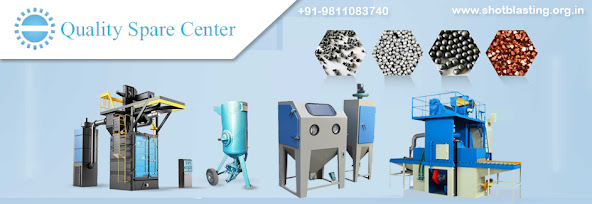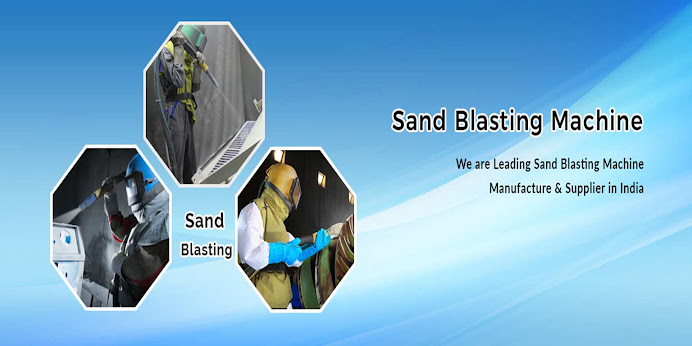Exploring the Mechanics of a Sand-Blasting Machine
A Sand Blasting Machine is a specialized tool used in abrasive blasting processes to clean, prepare, or finish surfaces. It operates by propelling abrasive materials at high speeds through a nozzle, creating a forceful impact on the surface being treated.
Let's delve into the components and workings of a typical sandblasting machine:
Blasting Cabinet: The blasting cabinet is the enclosure where the blasting process takes place. It is typically made of sturdy materials, such as steel, to contain the abrasive material and prevent it from escaping into the surrounding environment.
Blasting Gun: The blasting gun is connected to an air compressor and is used to direct the abrasive material onto the surface being treated. It has a trigger mechanism to control the flow of abrasive and air, allowing the operator to adjust the intensity of the blasting process.
Abrasive Hopper: The abrasive hopper is a container that holds the abrasive material, such as sand or steel grit. It is connected to the blasting gun through a hose, allowing the abrasive to be fed into the gun and propelled onto the surface being treated.
Air Compressor: The air compressor provides the necessary air pressure to propel the abrasive material through the blasting gun. The compressor must be capable of delivering sufficient air pressure to achieve the desired blasting intensity.
Dust Collector: A dust collector is used to capture and contain the abrasive dust and debris generated during the blasting process. It helps maintain a clean and safe working environment by preventing the dust from dispersing into the air.
Safety Equipment: Safety equipment, such as goggles, respirators, and protective clothing, is essential when operating a sandblasting machine. Abrasive blasting can create hazardous conditions, including exposure to abrasive dust and high noise levels.
Controls and Gauges: The sandblasting machine is equipped with controls and gauges to regulate the air pressure, abrasive flow rate, and other parameters of the blasting process. These controls allow the operator to adjust the settings for optimal performance.
In conclusion, a sandblasting machine is a versatile tool used in various industries for cleaning, preparation, and finishing purposes. By understanding the components and workings of a sandblasting machine, operators can effectively utilize this tool to achieve their surface treatment goals.




Comments
Post a Comment